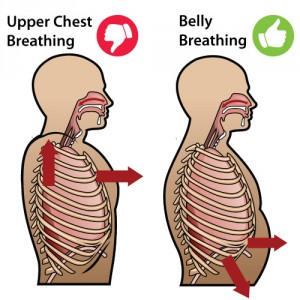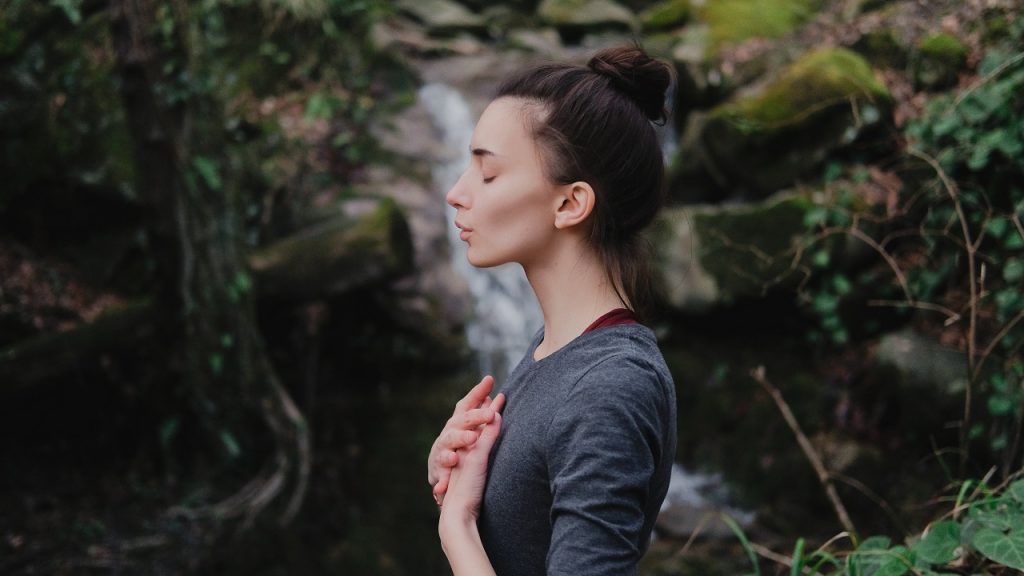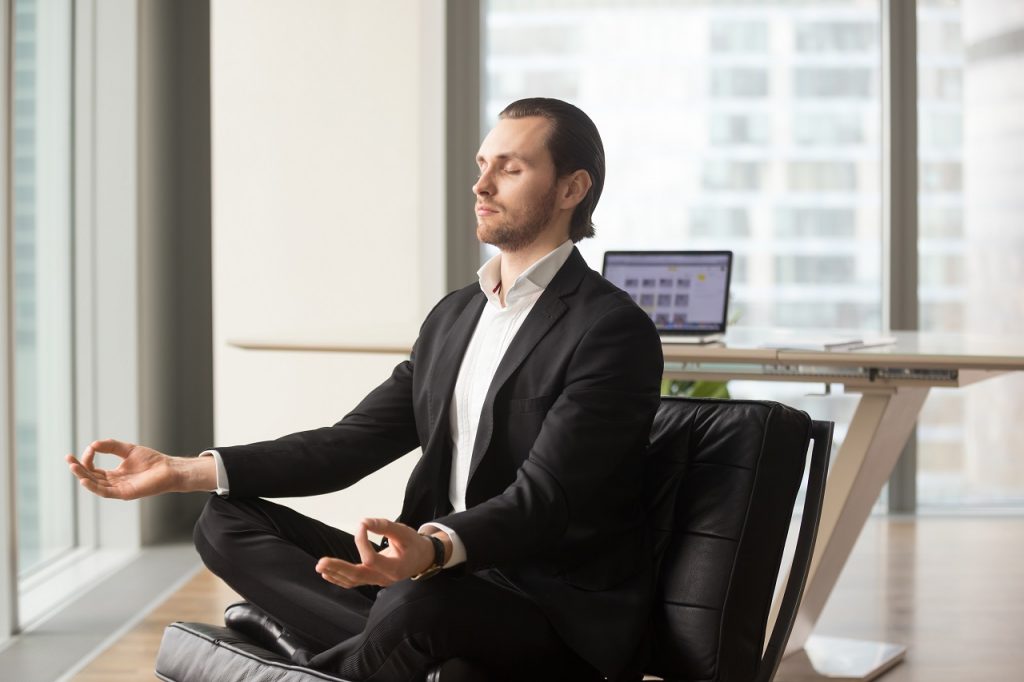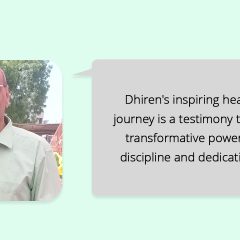
Before I start with the article, I want my readers to try this.
Let’s do a quick breathing test.
– Keep your hands free.
– Keep one hand on your chest, one had on your belly.
– Start breathing naturally.
– Which hand is moving more?
Hand on the belly or Hand on the chest?
Do this test without reading ahead because it is important to do this without knowing the interpretation of the test.
Which hand was moving more?
If it’s your belly than its right way! That’s how one should breathe.
If it’s your chest than its alarming, you might be inviting health issues!
If you are not breathing properly, you might not feel good. In this busy world, breathing which is perhaps the only important thing, if we don’t do that properly then it’s a cause for concern. None of us is consciously breathing which is what is leading to health issues!
I have come across this very often. Every 3rd person I know is having stiffness. Some part of the body is stiff (a Few years back, this was my case too!).
Are you having neck stiffness?
Is your back, shoulder, hamstrings, lower back tight/stiff?
Do you have that constant urge to stretch your body to get rid of that stiffness?
Stretching your muscles will definitely give you temporary relief but not for too long. The stiffness will come back in few hours sometimes even in two minutes. There are many therapies which help you in dealing with stiffness but it won’t be a permanent solution.
Why is it so? Because you are not addressing the root cause of the problem!
What is the root cause? Your improper breathing technique
There are many other causes of stiffness but the most basic one is improper breathing technique.
How does your improper breathing affect your stiffness/tightness?
Let’s do a practical (Helps in better understanding!)
Keep your hands free!
Put your one hand on your neck and one hand on your chest.
Start breathing from your chest consciously.
Do you feel that your neck muscles are contracting when you are breathing from your chest?
Now do one thing,
Put your one hand on your neck and one hand on your belly.
Start breathing from your belly consciously.
Do you feel anything on your neck muscles? Probably not because there is hardly any contraction because there is hardly any muscle tension in that place.
Not just the neck, similar reactions happen in your chest muscles, shoulders, lower back and to some extent even in the hamstrings. If you continuously breathe through your chest, those muscles will shorten, and you will get this chronic feeling of stiffness in your body.
You can stretch your tight muscles every day with different stretching exercises but until you correct the way you breathe, any corrective efforts which you take for getting rid of the stiffness will be useless, and at the end you will not be able to get rid of that sensation of tightness/stiffness which you keep getting in your body throughout the day.
Stiffness is just once such effect of poor breathing. Poor breathing can also lead to lower back pain, weight plateau, poor endurance, low energy throughout the day and some digestive issues.
What’s the solution? How to breathe properly?
Well, the solution is not as complicated as you might think.
Here is what you have to do:
- Lie down for 5 minutes (this can be done first thing when waking up, or as you are lying in bed before you fall asleep or whenever you feel it is possible) put one hand on the belly and the other hand on your chest. Simply focus on making the hand on the belly move and keep the hand on the chest as steady as possible.
- Point 1 should be done every day for at least 3 times a day daily for at least 3 weeks. After 3 weeks, you should naturally be breathing into your stomach by default.
- It also helps if you set yourself little reminders throughout the day, like a little message on your iPhone/Android that asks you at regular intervals “how is my breathing?”
This trick has helped me definitely, try it out for yourself!
Try this for 3 weeks, and let me know what you feel! Would be happy to receive your comments! Share your experience!
For more informative articles such as this, check out Healthy Reads or you can get this information directly from a GOQii Coach by subscribing for Personalised Health Coaching here.
#BeTheForce






